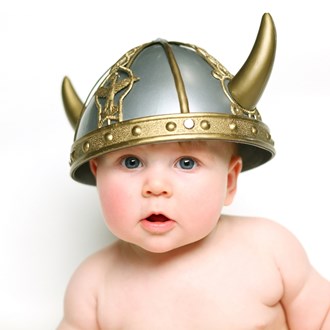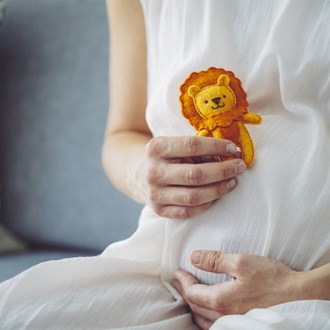Can You Choose The Sex Of Your Baby?

We investigate the many theories on influencing the sex of your child to see if any of them actually work...
By Emma Levett
August 08 2016
Having a baby of a certain gender is desirable for many families and the opposite sex child is often craved for in a household that already has one bub.
“We see this great need to balance out the family with either a boy or a girl all the time,” says Professor Peter Illingworth, medical director of IVF Australia. “There's no particular sex that predominates as the more popular – it's just a desire for balance.”
But in Australia IVF clinics are governed by a national code of ethics which prevents gender selection unless on medical grounds.
It means that an increasing number of families are hanging their hopes on a range of theories they can practise at home which ‘promise’ to increase their chances of conceiving the gender of their choice.
The gender of sperm
One of the most popular is the Shettles Method, developed by Dr Landrum B. Shettles in the 1960s. It holds that there are fundamental differences in the X and the Y sperm, which are responsible for creating the sex of the baby.
The X, female-producing sperm, is a slower swimmer but hardier, meaning it survives longer than the Y, male-producing sperm, which is faster but less resilient.
On this basis, the Shettles Method proposes having intercourse at certain times in the ovulation cycle and even in certain positions to influence gender.
For a boy you should try and conceive during your ovulation days as the fast-swimming Y sperm are likely to make it to the egg first. Alternatively, for a girl, conception attempts should be kept to the weeks before ovulation as the weaker Y sperm will die off, leaving the X sperm hanging around until the egg is ready.
“It sounds scientific but there's no consistent scientific evidence it works,” says Professor Illingworth. “This theory has gathered momentum throughout the years because people are desperate for something to grasp on to.”
Similarly, Professor Illingworth dismisses the idea that sexual positions that provide deeper penetration favour the quick Y sperm, while shallow ones are better for the hardier X ones.
“People have researched to show certain positions make sperm swim more quickly but there's not been anything proving these favour either the X or the Y sperm,” he says.
The boy/girl diet
Another much tried and tested theory is diet. The Y sperm is thought to flourish in an alkaline environment, while the X prefers an acidic one. Eating either alkaline or acidic foods can change the mother's body's pH and, theoretically, provide the gender of her choice.
“Lots of the little pieces of science in these theories make sense,” Professor Illingworth admits. “It's true you can influence the pH of the vagina through diet but nobody has put all the little pieces together and proved the final step - that these things can make one gender more likely than the other. You still have a 50-50 chance of having a boy or a girl.”
But what of the women who swear by these theories?
“If you toss enough coins some will be heads,” Professor Illingworth says. “For the women who have the gender of their choice it would have happened anyway. When carefully scrutinised and reviewed there's precious little scientific evidence any of them work.”
Having said that online forums, Facebook pages and entire websites devoted to the subject show a need exists for hope and that, despite a lack of evidence, there's a strong ‘why not give it a go’ attitude.
What the old wives tales say:
If you want a girl:
Sleep with a wooden spoon tied with a pink ribbon under your bed
Gorge on chocolate and sweets
The woman must initiate sex and this should be under a full moon, on even days of the month and ideally during the afternoon!
For a boy:
The man should drink coffee 30 minutes before intercourse to increase the speed of boy-producing sperm
The woman should sleep to the left of her partner
You should have sex under a quarter moon, on odd days of the month and only at night
And finally, in the 18th century men were advised to resort to the drastic measure of cutting off their left testicle!






